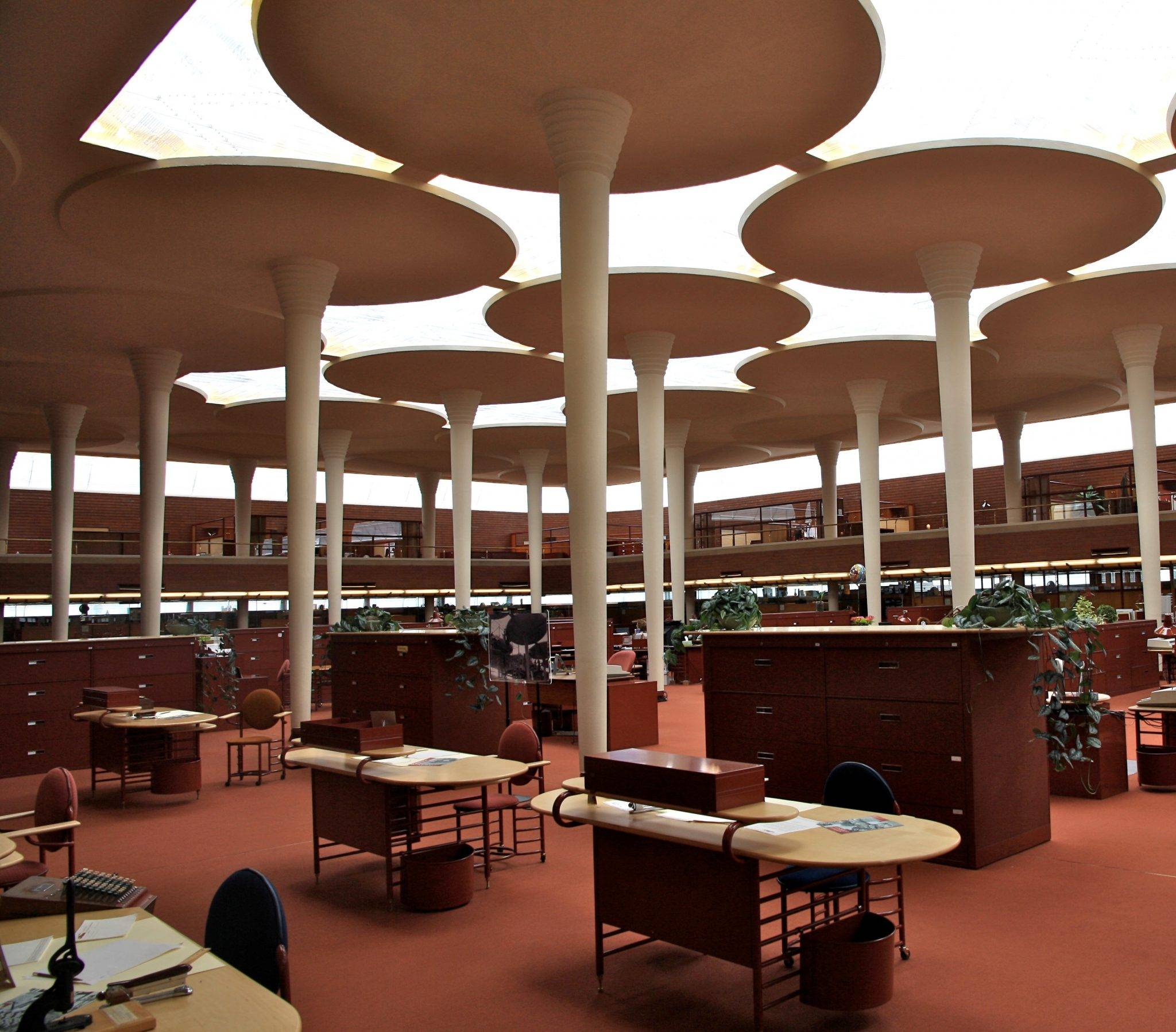 The term Global Village has passed into general use to describe many of the phenomena we associate with the modern globalised world. But it actually dates back to 1962 when coined by Marshall McLuhan to describe an emerging, electronically contracted world in which cultures converge alongside political, business and legislative frameworks. These forces have been instrumental in bringing nations and organisations closer together and yet each nation continues to be shaped by little differences and residual cultures and conditions.
The term Global Village has passed into general use to describe many of the phenomena we associate with the modern globalised world. But it actually dates back to 1962 when coined by Marshall McLuhan to describe an emerging, electronically contracted world in which cultures converge alongside political, business and legislative frameworks. These forces have been instrumental in bringing nations and organisations closer together and yet each nation continues to be shaped by little differences and residual cultures and conditions.
While they all face broadly the same challenges in managing technology, communications and economic conditions, no region produces the same results in terms of office design and working culture.
Look beyond the global forces and there you’ll find local workplace cultures alive and well. And nowhere is this truer than with a comparison between the two countries separated by a common language; the UK and US.
The conditions in which workplace culture have developed in the two countries are markedly different. The most obvious factor is that there is far more space in which to develop in the US and consequently office costs are generally lower, with the exceptions of tech hothouses in major cities.
Driven by challenges
The US and UK have pioneered some of the most important workplace design trends for over a hundred years. In particular, since the early 90s, the two nations have been recognised as major drivers of modern workplace innovation worldwide. As corporations sought greater agility and relied more on a dispersed workforce, a new generation of single-tenant building emerged, led also by the more open work cultures prevalent in countries like the Netherlands and Australia.
The influence of Macquarie Bank in Sydney (2009) and Deloitte’s The Edge in Amsterdam (2015) are still being felt as corporations attempt to inculcate social interaction and develop communities and look to examples like this as a way of guiding their own thoughts.
[perfectpullquote align=”right” bordertop=”false” cite=”” link=”” color=”” class=”” size=””]Often these global outcomes are the result of local context[/perfectpullquote]
Often these global outcomes are the result of local context. For example, conditions in the UK have generally favoured new ways of looking at the workplace. These include legislation and a culture which make it essential to focus on the productivity of employees; an enlightened attitude to new working practices; the sustained growth of the knowledge economy; the shortage of employees in key sectors leading to a competitive job market and all that entails; and the availability and cost of commercial property, especially in many parts of London where rents still lead the world.
The upshot of this is that the UK is often the perfect country in which we might expect innovative approaches to facilities management and office design to flourish because it has not only a mixture of the right mentality but also a number of challenges and potentially adverse conditions that make innovation essential.
At the same time, the US has driven innovation based on its ability to research ideas, develop them in practical ways and create solutions based on knowledge and not necessarily the same challenges that catalyse change on the other side of the pond.

Frank Lloyd Wright’s design for Johnson Wax
It is the home of Frank Lloyd Wright, Frederick Taylor, Abraham Maslow, Frederik Herzberg, Robert Propst and others who have, over a period of decades, pioneered new management cultures and an understanding of what motivates us, cares for our wellbeing and how these forces should manifest in terms of workplace design.
It is also the home (and spiritual home) of the great modernist designers and other innovators whose work continues to define many aspects of the workplace.
The UK, US, The Netherlands and Australia have been leading the way when it comes to the adoption of these principles in the 21st century office. But they don’t have a monopoly on workplace innovation, as the example of regional design trends and innovations proves.
There are also signs of a convergence of thinking across the world as firms and nations learn from each other and this is as it should be. The majority of occupiers are facing the same challenges in terms of creating sustainable and adaptable offices that address the wellbeing and productivity of the people who work in them. No doubt these will manifest little differences in each region, but the underlying principle remains the same. We may start from different points, but by sharing ideas and experiences we can arrive at the same shared destination.













October 25, 2019
How office design trends in different countries feed off each other
by Steve Elliott • Comment, Workplace design
While they all face broadly the same challenges in managing technology, communications and economic conditions, no region produces the same results in terms of office design and working culture.
Look beyond the global forces and there you’ll find local workplace cultures alive and well. And nowhere is this truer than with a comparison between the two countries separated by a common language; the UK and US.
The conditions in which workplace culture have developed in the two countries are markedly different. The most obvious factor is that there is far more space in which to develop in the US and consequently office costs are generally lower, with the exceptions of tech hothouses in major cities.
Driven by challenges
The US and UK have pioneered some of the most important workplace design trends for over a hundred years. In particular, since the early 90s, the two nations have been recognised as major drivers of modern workplace innovation worldwide. As corporations sought greater agility and relied more on a dispersed workforce, a new generation of single-tenant building emerged, led also by the more open work cultures prevalent in countries like the Netherlands and Australia.
The influence of Macquarie Bank in Sydney (2009) and Deloitte’s The Edge in Amsterdam (2015) are still being felt as corporations attempt to inculcate social interaction and develop communities and look to examples like this as a way of guiding their own thoughts.
[perfectpullquote align=”right” bordertop=”false” cite=”” link=”” color=”” class=”” size=””]Often these global outcomes are the result of local context[/perfectpullquote]
Often these global outcomes are the result of local context. For example, conditions in the UK have generally favoured new ways of looking at the workplace. These include legislation and a culture which make it essential to focus on the productivity of employees; an enlightened attitude to new working practices; the sustained growth of the knowledge economy; the shortage of employees in key sectors leading to a competitive job market and all that entails; and the availability and cost of commercial property, especially in many parts of London where rents still lead the world.
The upshot of this is that the UK is often the perfect country in which we might expect innovative approaches to facilities management and office design to flourish because it has not only a mixture of the right mentality but also a number of challenges and potentially adverse conditions that make innovation essential.
At the same time, the US has driven innovation based on its ability to research ideas, develop them in practical ways and create solutions based on knowledge and not necessarily the same challenges that catalyse change on the other side of the pond.
Frank Lloyd Wright’s design for Johnson Wax
It is the home of Frank Lloyd Wright, Frederick Taylor, Abraham Maslow, Frederik Herzberg, Robert Propst and others who have, over a period of decades, pioneered new management cultures and an understanding of what motivates us, cares for our wellbeing and how these forces should manifest in terms of workplace design.
It is also the home (and spiritual home) of the great modernist designers and other innovators whose work continues to define many aspects of the workplace.
The UK, US, The Netherlands and Australia have been leading the way when it comes to the adoption of these principles in the 21st century office. But they don’t have a monopoly on workplace innovation, as the example of regional design trends and innovations proves.
There are also signs of a convergence of thinking across the world as firms and nations learn from each other and this is as it should be. The majority of occupiers are facing the same challenges in terms of creating sustainable and adaptable offices that address the wellbeing and productivity of the people who work in them. No doubt these will manifest little differences in each region, but the underlying principle remains the same. We may start from different points, but by sharing ideas and experiences we can arrive at the same shared destination.
Steve Elliott is the CEO of BW Workplace Experts